Lavender, known for its soothing fragrance and vivid purple blooms, is more than just a garden favorite—it’s a valuable crop with global demand. Used in everything from perfumes and essential oils to cosmetics, culinary products, and aromatherapy, lavender farming has become an essential agricultural venture in several countries. But which country leads the world in lavender production, and what factors contribute to their dominance?
In this article, we take a deep dive into the global lavender industry, uncovering the top producers, the conditions that make their success possible, and how lavender farming is evolving in today’s agricultural landscape.
Understanding the Global Lavender Market
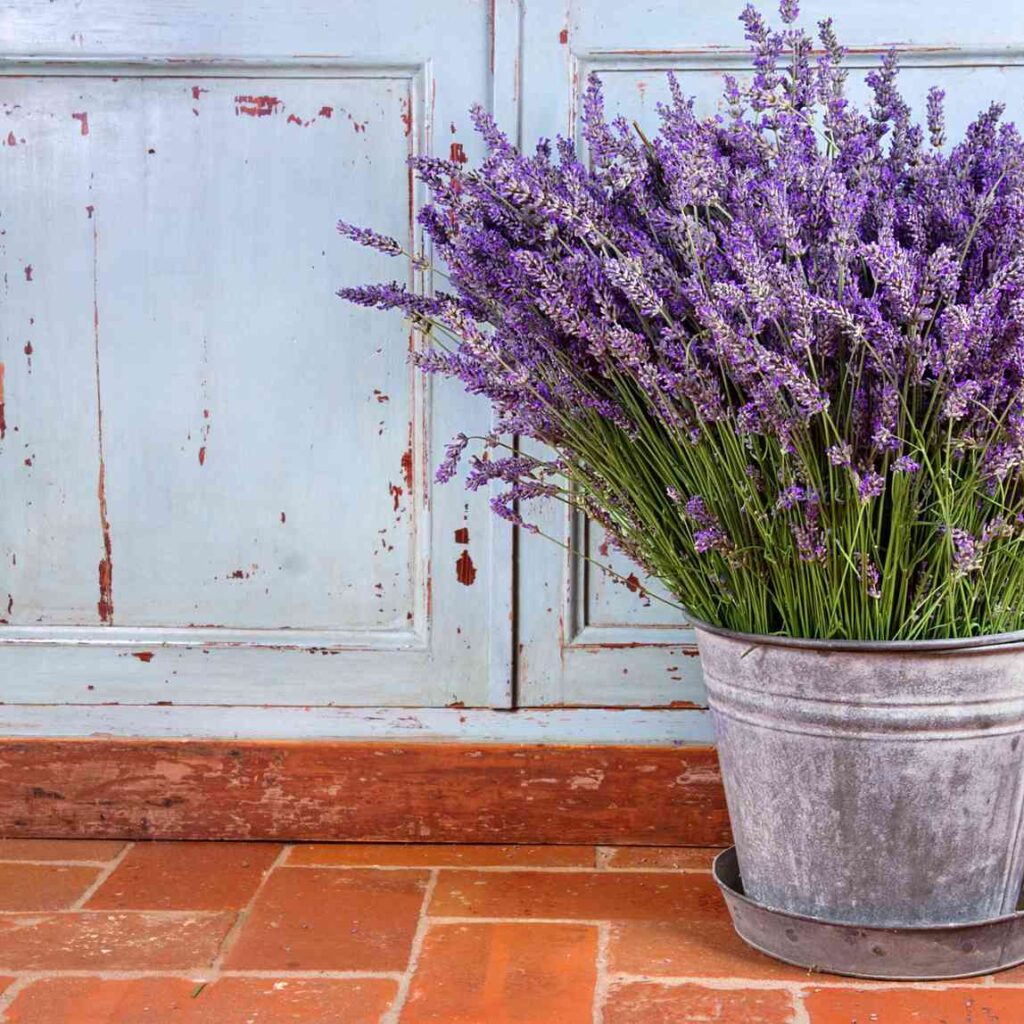
Lavender belongs to the genus Lavandula, with the most commonly cultivated species being Lavandula angustifolia (English lavender) and Lavandula x intermedia (lavandin). The global demand for lavender has grown rapidly in recent years, thanks to rising interest in wellness, natural skincare, essential oils, and eco-friendly products.
The global lavender oil market alone is projected to surpass USD 150 million by 2030, according to several agricultural and essential oil market forecasts. This rising demand has propelled lavender cultivation into the spotlight across various regions of the world.
Top Lavender Producing Countries
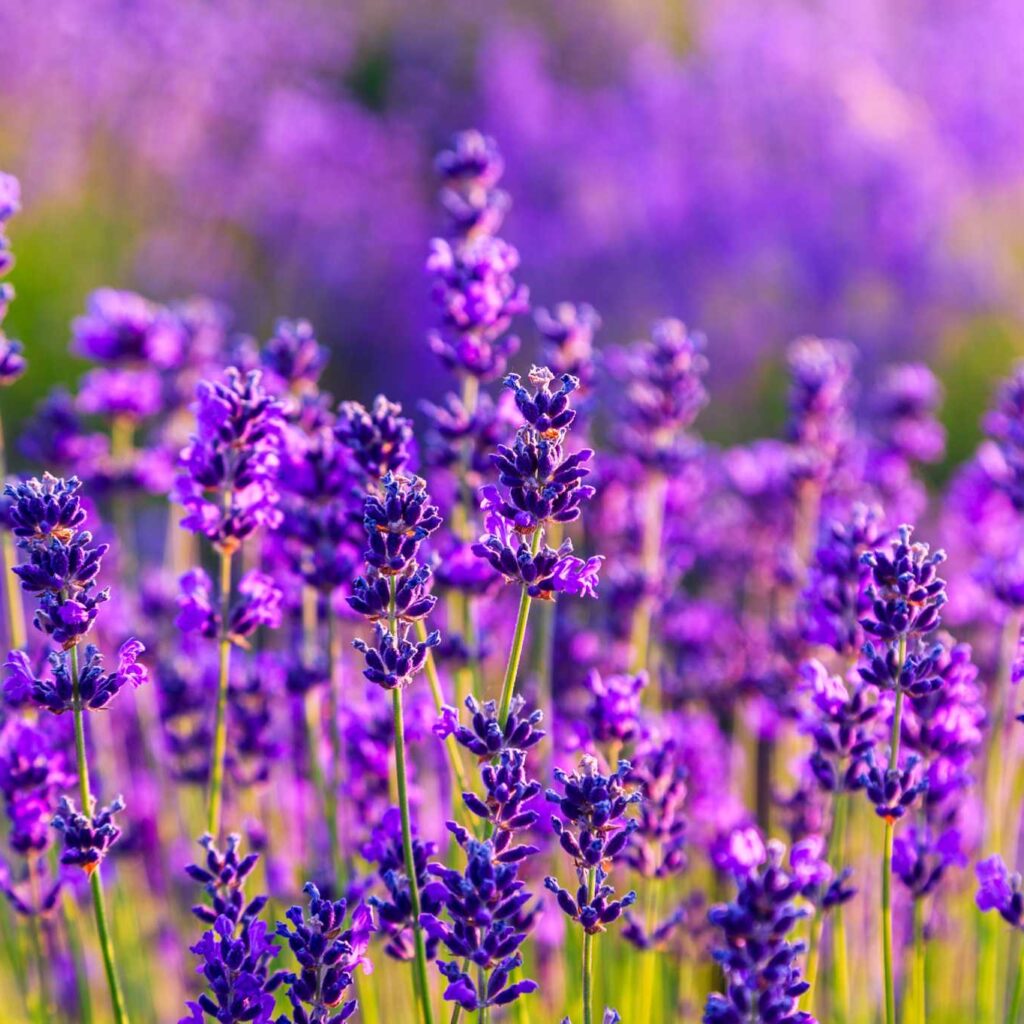
Let’s explore the countries that are leading the charge in global lavender production and what sets them apart.
1. France – The Undisputed Lavender King
Leading Region: Provence
Key Varieties: Lavandin, English Lavender
Annual Production: Estimated 80–90 tonnes of lavender oil
When it comes to lavender, France reigns supreme. The lavender fields of Provence are iconic, attracting millions of tourists every summer. But beyond the visual splendor lies a well-established industry with deep roots in French agricultural tradition.
France is not only the largest producer but also the largest exporter of lavender oil and dried lavender in the world. The country’s Mediterranean climate, with dry summers, well-drained soil, and abundant sunlight, provides ideal growing conditions for lavender. Moreover, France boasts a well-developed infrastructure for harvesting, steam distillation, and global export.
In Provence, large-scale farms and centuries-old cooperatives have helped France develop lavender into a major economic asset. Farmers here primarily grow lavandin, a hybrid variety that produces higher yields of essential oil compared to true lavender (Lavandula angustifolia), making it economically favorable.
2. Bulgaria – The Lavender Oil Powerhouse
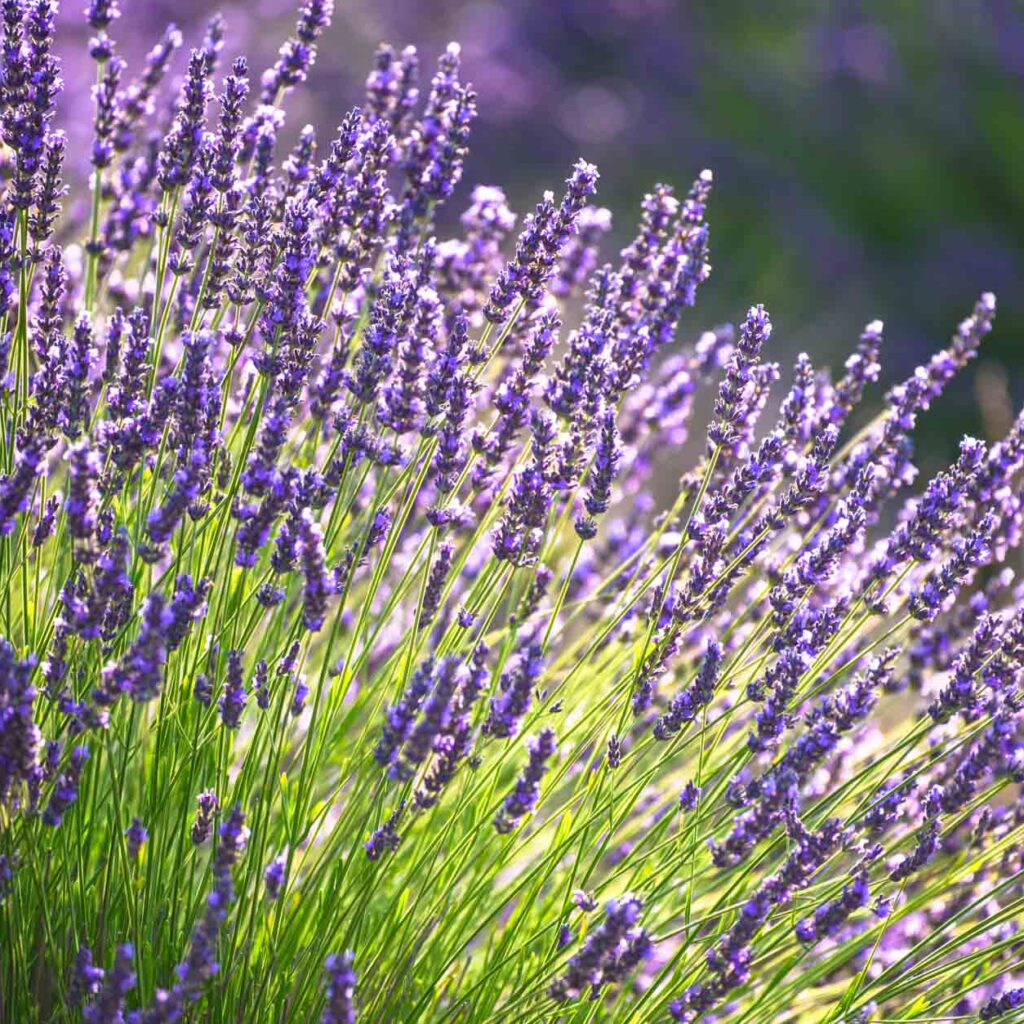
Leading Region: Kazanlak Valley, Dobrich
Key Varieties: Lavandula angustifolia
Annual Production: Over 150 tonnes of lavender oil
While France is famous for its fields, Bulgaria has quietly overtaken it in actual oil production, especially over the last decade. Since the 2010s, Bulgaria has invested heavily in expanding lavender farming, taking advantage of its fertile soils and suitable continental climate.
The region of Kazanlak Valley, historically known for its rose oil industry, has also become a major center for lavender oil extraction. The government and private sector support in terms of subsidies, distillation facilities, and export logistics have helped Bulgaria rise to the top tier of lavender oil exporters globally.
Bulgaria primarily exports to France, Germany, the US, and other parts of Europe, capitalizing on its high-quality, organic lavender oil. The country now rivals or even exceeds France in terms of raw production, especially for the essential oil industry.
3. India – The New Lavender Frontier

Leading Region: Jammu and Kashmir
Key Varieties: Lavandula angustifolia
Annual Production: Rapidly increasing since 2015
India is a rising star in the global lavender scene, thanks to the Purple Revolution, an initiative by the Council of Scientific and Industrial Research (CSIR) under the Aroma Mission.
This government-led movement has turned the once apple-dominated farmlands of Jammu and Kashmir into lavender-producing fields, boosting farmer incomes by 3–4 times. Over 500 acres are now under lavender cultivation, with thousands of farmers trained in essential oil extraction and value-added products like soaps and perfumes.
Though India’s overall production is still smaller than France or Bulgaria, its strategic entry into the global market, especially in organic and medicinal uses, positions it as a future leader. The lower labor costs and government support make it an attractive location for lavender investment.
4. Spain – A Traditional Producer with Growing Impact
Leading Region: Castilla-La Mancha
Key Varieties: Lavandin
Annual Production: Significant, but less than France and Bulgaria
Spain’s dry, rocky terrains and Mediterranean climate also make it ideal for lavender farming. Particularly in regions like Guadalajara and Castilla-La Mancha, lavender is grown for both ornamental and industrial use.
Spain has seen rising interest in lavender essential oil for natural cosmetics and organic skincare, with its products increasingly exported across Europe and North America. Spanish farms often use low-intervention, traditional methods that are appealing to eco-conscious consumers.
5. Australia – Lavender Down Under

Leading Region: Tasmania, Victoria
Key Varieties: Lavandula angustifolia
Annual Production: Moderate
Australia is another up-and-coming lavender producer. With its cool climate in southern regions like Tasmania, the country produces high-quality, therapeutic-grade lavender oil. Farms such as the famous Bridestowe Estate in Tasmania are not just agricultural hubs but also major tourist attractions.
Australian lavender is used in a wide range of premium products, from organic skincare to food-grade extracts. The country is also known for its strict biosecurity and quality assurance practices, making its lavender oil highly regarded internationally.
6. United States – Niche and Boutique Lavender Farming
Leading Region: Pacific Northwest (Washington, Oregon), California
Key Varieties: Lavandula angustifolia, Lavandin
Annual Production: Low on a global scale, high in specialty markets
In the US, lavender farming is relatively small-scale but growing. Farms in Washington’s Sequim Valley and California’s wine country focus on agritourism, artisan oils, and handmade products.
While the US imports most of its lavender oil, local farmers cater to a niche market that values locally sourced, organic, small-batch products. The US is also a significant consumer of lavender products, which continues to fuel domestic interest.
Lavender Production Trends and Innovations
- Organic and Biodynamic Cultivation:
Consumer preference for natural products has increased demand for pesticide-free lavender grown under organic or biodynamic conditions. - Essential Oil Extraction Technologies:
Innovations in steam distillation and solvent-free CO₂ extraction are improving oil quality and yield. - Climate Change Adaptation:
Some traditional lavender-growing regions are experiencing erratic weather. Countries like India and Australia are exploring drought-resistant lavender strains. - Value Addition and Branding:
Countries are increasingly focused on branding lavender products. For example, “Provence Lavender” or “Kashmir Lavender Oil” fetches premium pricing.
Conclusion: Who Tops the List?
So, which country tops the list in lavender production?
It depends on how you measure it:
- By tradition, tourism, and global reputation? France wins.
- By sheer essential oil volume? Bulgaria is currently leading.
- By rapid growth and potential? India is emerging as a game changer.
Ultimately, the lavender industry is expanding fast, and different regions contribute uniquely to the global supply chain. As demand for natural, fragrant, and healing products continues to rise, the competition among lavender-producing countries is bound to intensify.
From the sun-drenched fields of Provence to the snow-kissed valleys of Kashmir, lavender’s future looks vibrant—and purple.

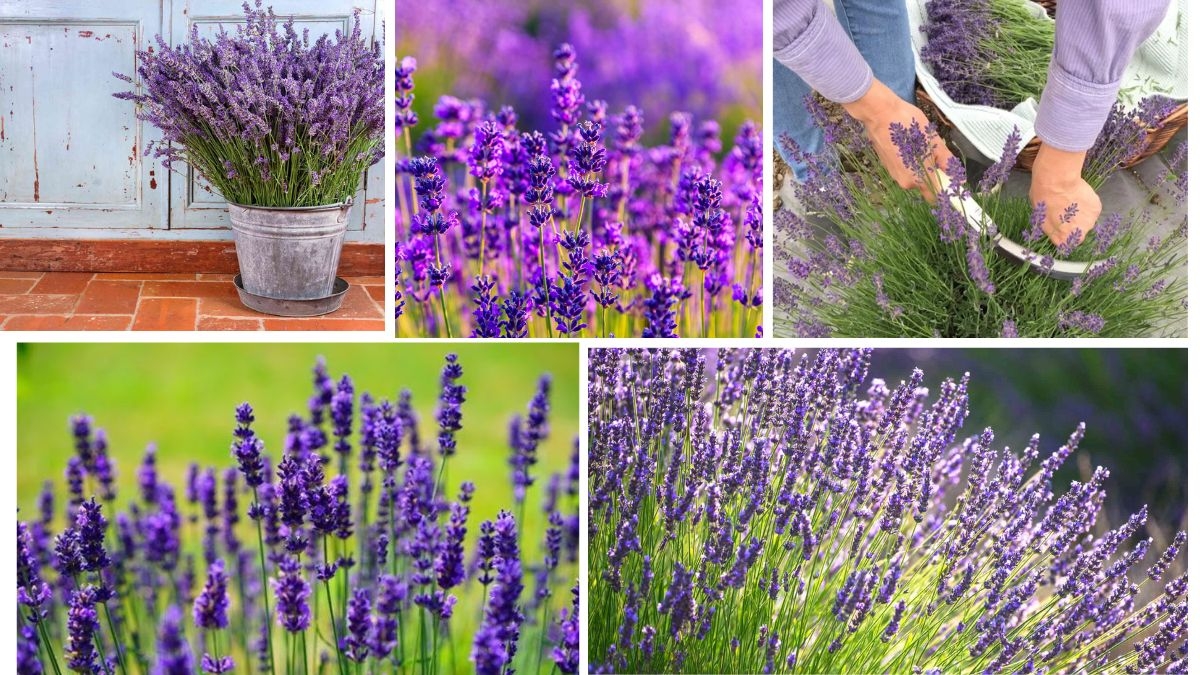


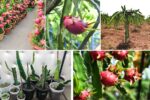
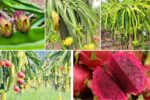

Leave A Comment